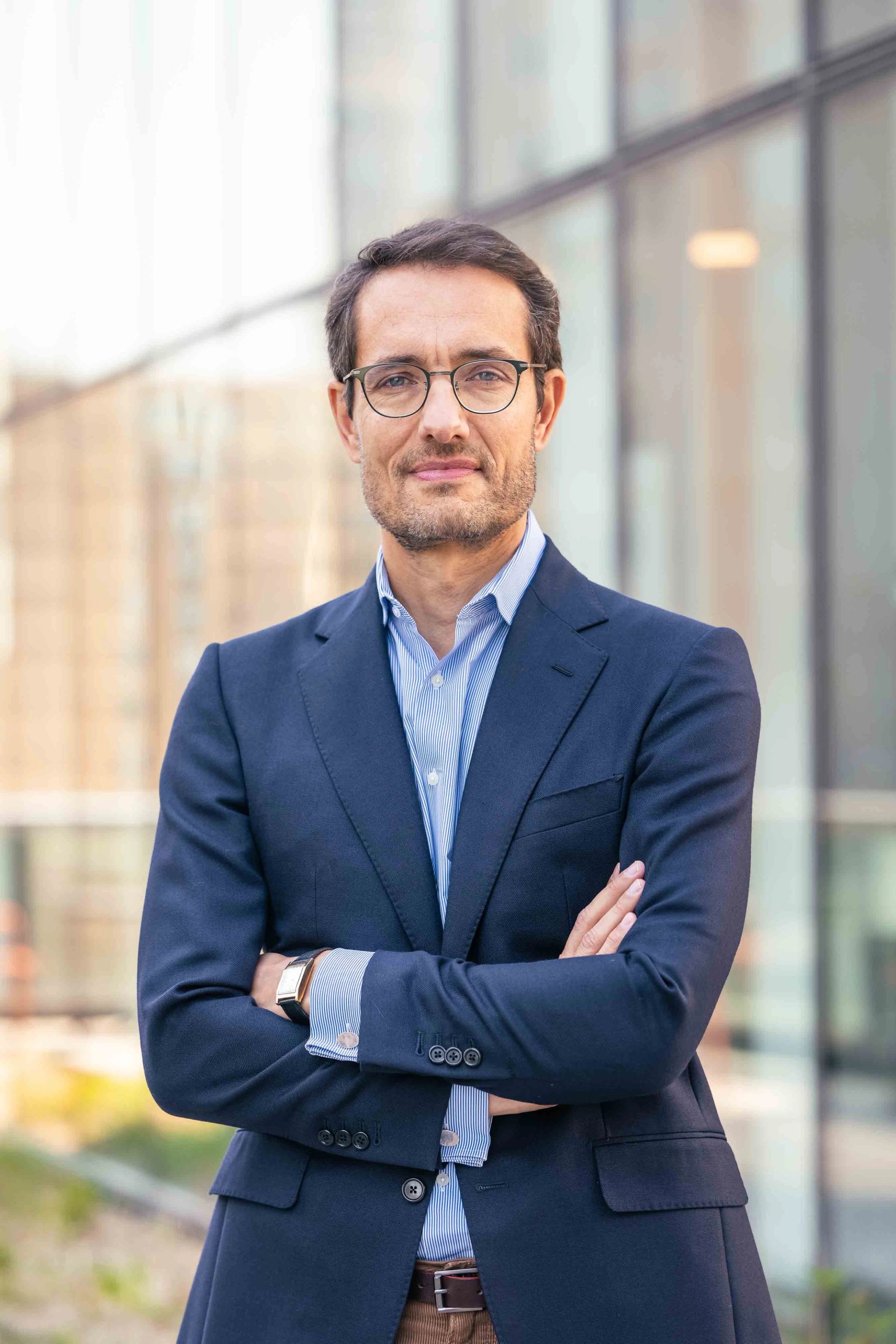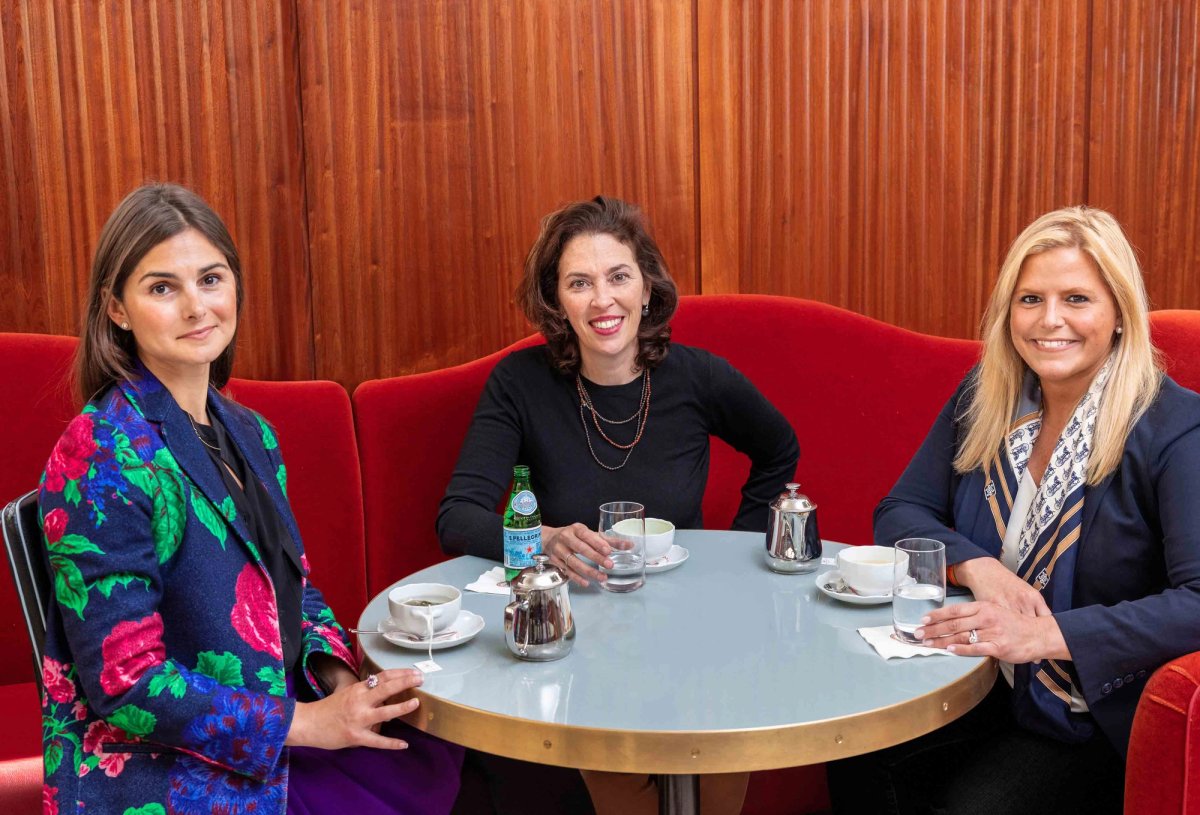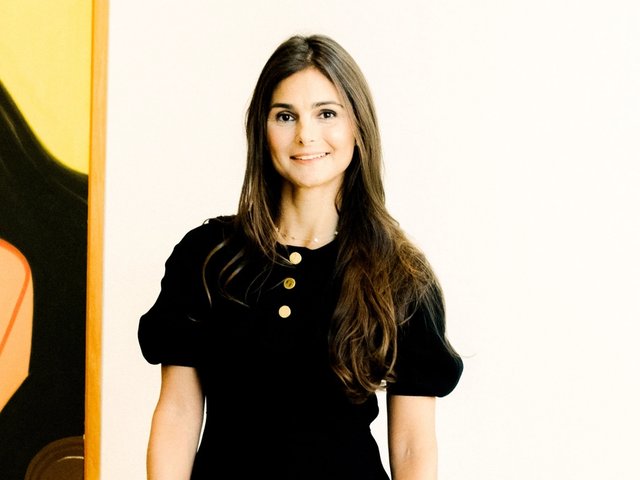Sotheby's global head of fine art and key dealmaker Amy Cappellazzo is to leave the auction house in July after five and a half years at the firm. In her place, Brooke Lampley and Mari-Claudia Jiménez will step up into new, expanded leadership roles in the Sotheby’s global fine art division while Gregoire Billault has been promoted to chairman of contemporary art.
Cappellazzo was the last one standing of the Art Agency, Partners (AAP) trio whose business was acquired by Sotheby’s for $85m in 2016. The others, Adam Chinn and Adam Schwartzman, left in 2018 and 2020 respectively.
“My contract expired in January and they asked me to stay as long as I could, and I agreed to stay through the longest darkest months of Covid and get us through May and June sales,” Cappellazzo tells The Art Newspaper. She says she is “extremely involved” in the forthcoming $150m sale of the collection of Anne Marion: “I'm waking-up-in-the-middle-of-the-night involved. There's a real American mythology around a woman like that—she's a real tough Texan cowgirl.”
Cappellazzo is not revealing what she will do next, for now: “I’m someone who often likes to figure out what’s next in a business—I like to think of myself as a divining rod or clairvoyant sort of figure, trying to work out where the general direction is headed.”
The art market is becoming increasingly global, but it is also seeing an influx of an enormous amount of capital. “When you have that sort of capital disruption, it only becomes a more robust industry with more opportunities,” Cappellazzo says. “I’m still formulating my plans. I mean, for the first time in my entire life since I was 14 with a full-time babysitting job, I’m taking two months off work, so I’m really looking forward to taking time to do that.”
She adds: “In a literalisation of the metaphor, I’m actually really looking forward to working on my garden this summer. So I’ll be working on my garden in my gardening leave.”

Gregoire Billault Courtesy of Sotheby's
Of recent changes in the auction business, Cappellazzo observes, “Covid has accelerated a lot of the digital disruptions, technological disruptions and capital disruptions.” She sees "the potential for massive expansion on the luxury side—you can’t massively disrupt the Picasso market because there isn’t a limitless supply. But with watches, sneakers, handbags or wine, there is.”
Now it is time to move on: “I was brought here to Sotheby’s to help get the company sold privately, and that goal is now done,” Cappellazzo says. “It was a tough thing to be publicly traded: people rode up and down our stock with every sale. So we are a better company privately held.”
Pressed on this point, she continues: “I think I understood that, I was brought in to impose a certain discipline to deals in the book and to the processes and way of working. Getting the organisation more robust in private sales is also another hallmark of my time here. And the constant slogging and pushing for digital disruption is also something I’ve come to represent.”
Sotheby’s chief executive, Charles F. Stewart, tells The Art Newspaper: “Amy has been nothing but great in terms of the support towards Sotheby’s overall and to me personally as the new leader of the company...she wants to do something more entrepreneurial. This is about Amy and what she wants to do with her life.” He adds: “She didn’t jump but she also wasn’t pushed. It was a discussion.”
He adds, “I'm really excited to create an opportunity for other members of staff, for Mari-Claudia, Brooke and Gregoire, all of whom are stepping up to higher profile, bigger roles.” He says that the trio will “take on more focused roles within a huge job that Amy was overseeing single-handedly".
Stewart objects to press reports casting Lampley, Jiménez and Billault as particularly young: "They've all had 20-year-plus careers here–it's not like they've been plucked out of the intern scheme."




